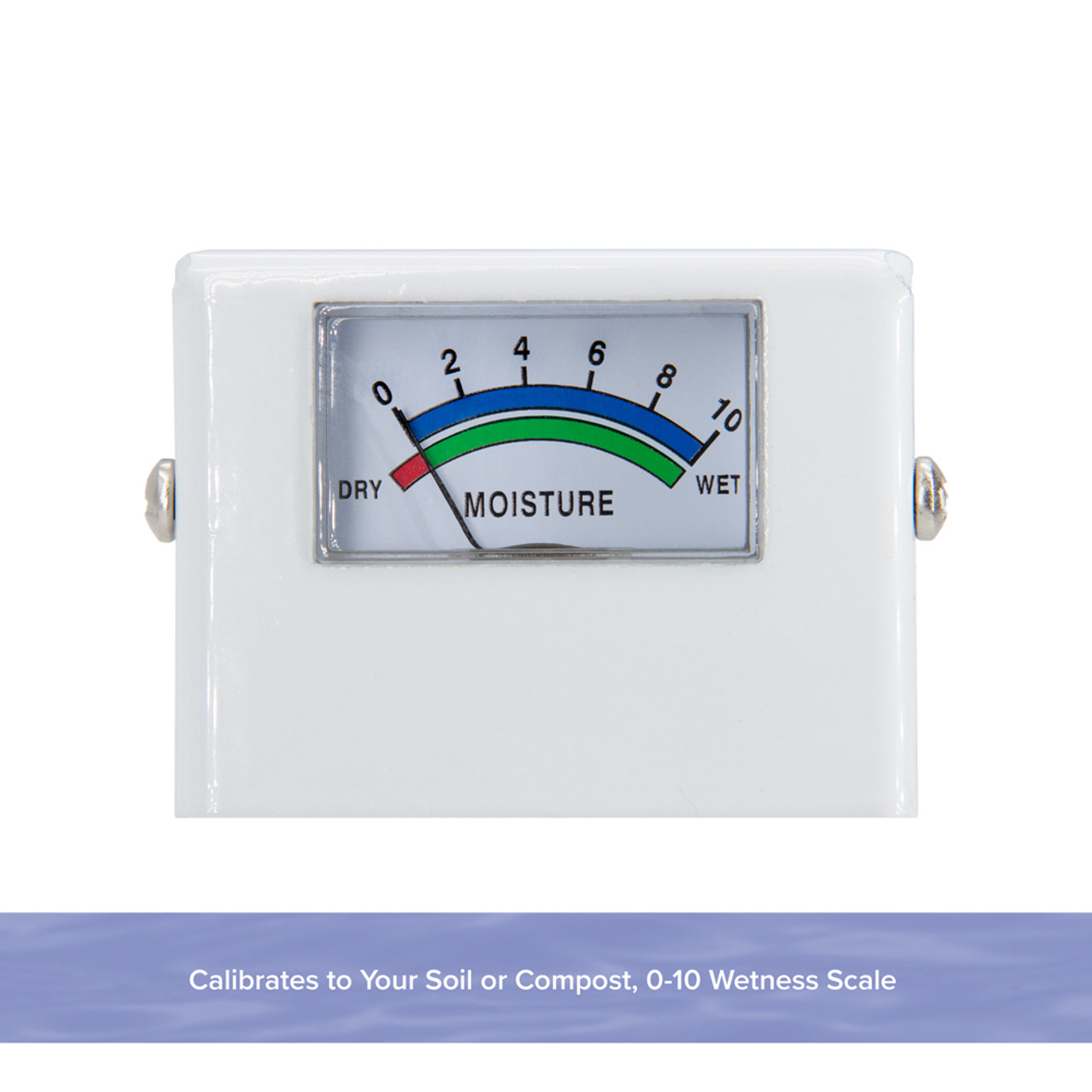The Science Behind Moisture Meters: Exactly How They Function and Why They're Important
The Science Behind Moisture Meters: Exactly How They Function and Why They're Important
Blog Article
Delve Into the World of Moisture Meters: Everything You Need to Know
In the world of moisture meters exists a world of precision and usefulness that often goes unnoticed. These gadgets, while apparently simple, hold a wide range of details that can substantially impact different markets and applications. Recognizing exactly how moisture meters run, the different kinds available, and their varied uses can clarify their importance in making certain quality and performance. By discovering the details of wetness meters, one can uncover an important tool that goes beyond plain measurement, using understandings that can make a substantial distinction in countless fields.
Exactly How Moisture Meters Work
Moisture meters run by gauging the electric conductivity or capacitance of materials to determine the wetness material present. These meters are important devices across different sectors, consisting of agriculture, building and construction, and woodworking. By making use of various approaches such as pinless or pin-type modern technology, wetness meters provide exact readings that aid specialists make notified choices.
Pin-type wetness meters work by inserting the sharp pins into the material being examined. On the other hand, pinless dampness meters use electromagnetic signals to scan a larger area without triggering any kind of damages to the product's surface area.
No matter the approach utilized, dampness meters play a critical role in stopping concerns such as mold growth, architectural damages, or item issues caused by excess wetness. Recognizing how these meters job is important for making certain the quality and honesty of materials in different applications.
Kinds of Moisture Meters
Offered the crucial function wetness meters play in numerous markets, it is vital to recognize the different types readily available to experts for accurately examining moisture degrees - Moisture Meter. There are primarily 2 main sorts of wetness meters: pinless and pin-type wetness meters

On the other hand, pinless dampness meters use electromagnetic sensing unit plates to check a bigger location of the product without creating any damage. This type appropriates for quickly scanning large areas and is generally made use of for flooring, wall surfaces, and ceilings. Pinless meters are hassle-free for taking readings on finished surface areas without leaving any visible marks.
Both sorts of moisture meters have their advantages and are picked based upon the particular needs of the task at hand. Comprehending the differences in between these types is crucial for specialists to make exact wetness analyses.
Applications Across Industries
Construction professionals count on dampness meters to evaluate the wetness degrees in building products like drywall, timber, and concrete, which is critical for keeping architectural stability and preventing problems like rot or mold. The floor covering sector makes use of moisture meters to measure the moisture material in subfloors before installing numerous floor treatments, stopping costly damages due to excess wetness. In the food sector, dampness meters are used to monitor and regulate moisture degrees in items such as grains, nuts, and dried out fruits to preserve quality and top quality.
Tips for Utilizing Wetness Meters
Make use of the wetness meter's calibration settings to make certain precise readings when determining the moisture web content in various products. Additionally, make sure the meter is established to the appropriate moisture variety for the material you are gauging to get the most accurate outcomes.
When making use of a pin-type dampness meter, place the pins to the appropriate depth suggested for the product being tested. This guarantees that the dampness readings are extracted from the proper depth within the product, providing an extra precise representation of its wetness material. For pinless moisture meters, bear in mind Recommended Reading to keep appropriate call with the product's surface to obtain dependable analyses.
Regularly examine and replace the batteries in your dampness meter to protect against imprecise readings due to reduced power. When not in usage to extend its life-span and maintain its precision, Shop the meter in a dry and safe place. By adhering to these pointers, you can optimize the performance of your moisture meter and acquire specific wetness web content measurements across various materials.
Maintenance and Calibration
To guarantee the precision of dampness web content measurements, regular maintenance and calibration of the wetness meter are necessary actions in its correct performance. Calibration readjusts the wetness meter to make sure that it provides dependable and consistent results.
Calibration must be carried out occasionally, particularly if the moisture meter is utilized frequently or in essential applications where exact measurements are needed. By adjusting the moisture and keeping meter frequently, users can trust the precision of the wetness web content measurements gotten.
Verdict

In final thought, dampness meters play an essential duty in various markets by properly determining the dampness content of materials. Recognizing how these tools work, the various types offered, and correct upkeep and calibration are vital for obtaining trustworthy outcomes. Whether in farming, construction, or production, the use of moisture meters assists make certain quality assurance and effectiveness in procedures.

In conclusion, wetness meters play a critical duty in various industries by precisely determining the moisture official statement content of products.
Report this page